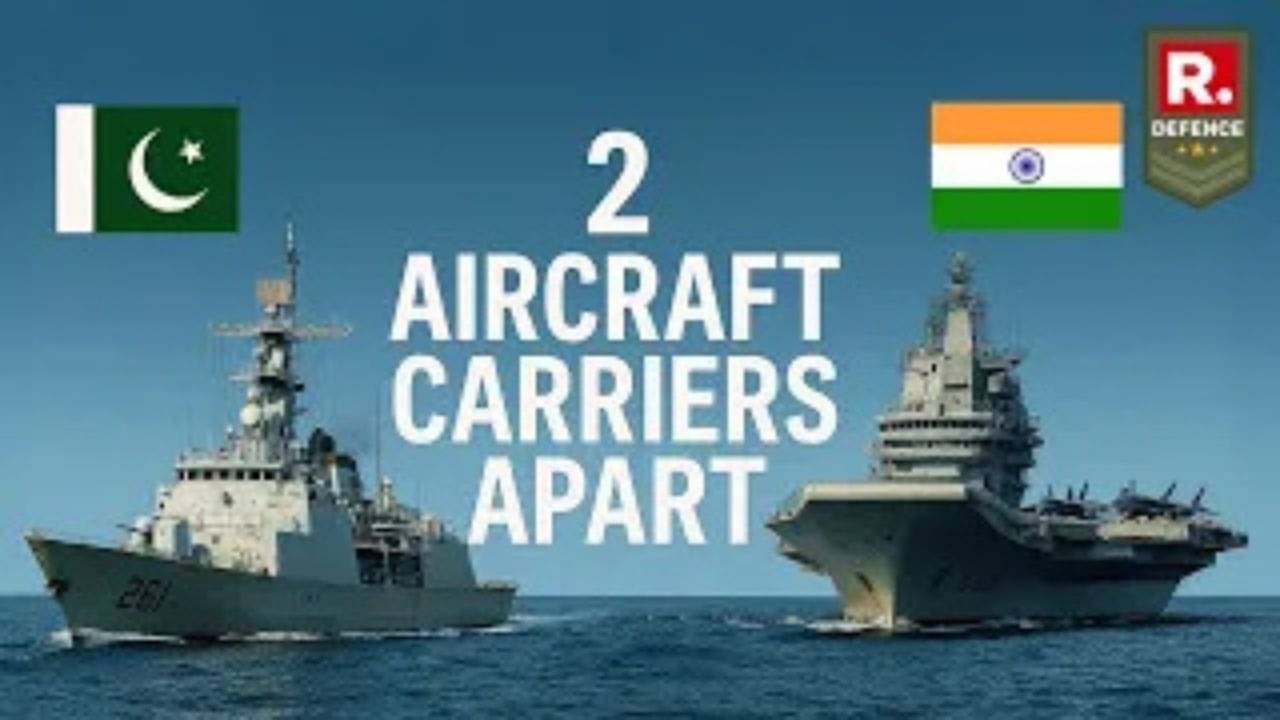Now Reading: India’s Naval Drills Trigger High Alert in Pakistan
-
01
India’s Naval Drills Trigger High Alert in Pakistan
India’s Naval Drills Trigger High Alert in Pakistan

Quick Summary
- India operates a fleet of 290 naval vessels, including 2 aircraft carriers, 11 destroyers, 12 frigates, and 18 submarines.
- PakistanS navy consists of 148 ships, without carriers or destroyers but supported by 15 frigates and submarines each.
- India follows a blue-water strategy in the Indo-Pacific region using platforms like INS Vikrant and INS Vikramaditya for air-sea operations.Pakistan relies on land-based aircraft with limited reach.
- India’s Kolkata-class destroyers are equipped with BrahMos missiles and Barak-8 systems for enhanced strike power compared to Pakistan’s Tughril-class frigates with less advanced radar and fewer launch cells.
- beneath the surface, India deploys nuclear-powered INS Arihant submarines; Pakistan uses older Agosta-class diesel-electric ones with new Hangor-class models pending commissioning.
- Over 80% of India’s naval fleet is built indigenously while Pakistan heavily depends on imports from China. This impacts autonomy and operational adaptability for both nations.
Indian Opinion Analysis
The comparative analysis underscores India’s strategic advantage over Pakistan in maritime power across dimensions like size, technological capabilities, indigenous production capacity, and regional reach through a blue-water strategy in the Indo-Pacific region. The reliance on nuclear-powered vessels such as INS Arihant further strengthens India’s deterrence capabilities.
Pakistan’s coastal defense-oriented naval posture aligns with its geographical needs but reflects constraints in operational depth due to an absence of integral carrier-supported fleets or indigenously developed platforms-highlighted by dependence on chinese imports.
For India, robust indigenous shipbuilding ensures long-term autonomy but demands consistent investments to keep pace technologically amidst emergent regional challenges such as China’s expanding presence in Indian Ocean waters. Security implications from this imbalance point toward continued strategic diversification required by both nations based on their evolving maritime priorities.

























